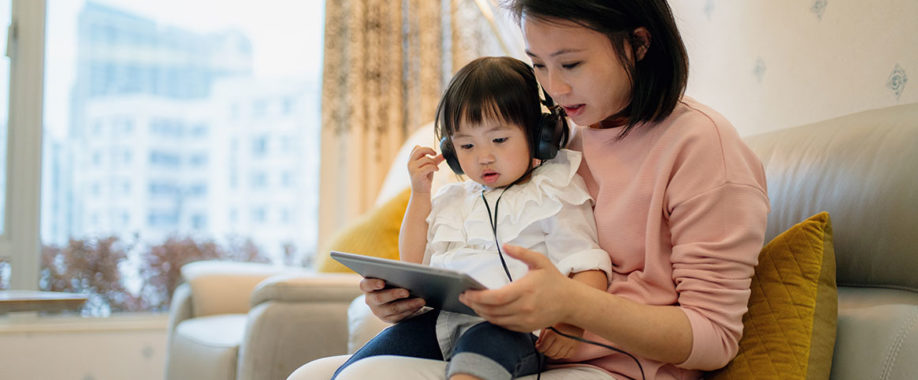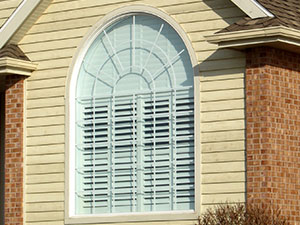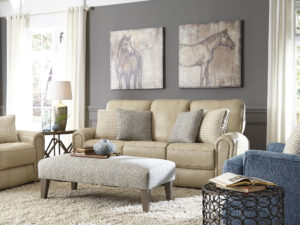



Indoor environmental quality (IEQ) can have a significant impact on people’s health and wellness.
Americans, on average, spend approximately 90 percent of their time indoors, according to the U.S. Environmental Protection Agency. Thus indoor environmental quality (IEQ) can have a significant impact on people’s health and wellness throughout their lives.
IEQ is a term that includes Indoor Air Quality (IAQ), but also includes many other attributes that contribute to a building occupant’s health, well-being and productivity. These attributes can include thermal and acoustical comfort to access to daylight to improve circadian rhythms.
Indoor allergen agents – from dust mites and cockroaches to fungi, mold, dander, viruses, bacteria, spores, secondhand tobacco smoke and other materials – can contribute to poor IAQ, but these allergens can often be addressed with a variety of products.
 Enhancing building weatherization through products such as house wraps made from polypropylene or polyethylene films, vinyl roofing membranes, and advanced insulation made from spray polyurethane foam (SPF) and rigid foams made with polyurethane, extruded polystyrene and expanded polystyrene – can help prevent the infiltration of microorganisms, dust, pollen, and mold spores that produce infection, allergic responses and immune-system stress. And sealing-off infiltration can also increase HVAC filtering efficiency.
Enhancing building weatherization through products such as house wraps made from polypropylene or polyethylene films, vinyl roofing membranes, and advanced insulation made from spray polyurethane foam (SPF) and rigid foams made with polyurethane, extruded polystyrene and expanded polystyrene – can help prevent the infiltration of microorganisms, dust, pollen, and mold spores that produce infection, allergic responses and immune-system stress. And sealing-off infiltration can also increase HVAC filtering efficiency.
 Water vapor is also a major contributor to IAQ as moisture build-up can cause deterioration of building materials, structural damage, and can help create an environment for bugs, mold and rot. If used appropriately, materials such as vinyl wall coverings and vinyl-clad window frames can help keep the water vapor entering the building envelope to a minimum. A combination of effective air and vapor barriers allows the ventilation system to work efficiently and provides a means to control the condition of the air entering and exiting a building.
Water vapor is also a major contributor to IAQ as moisture build-up can cause deterioration of building materials, structural damage, and can help create an environment for bugs, mold and rot. If used appropriately, materials such as vinyl wall coverings and vinyl-clad window frames can help keep the water vapor entering the building envelope to a minimum. A combination of effective air and vapor barriers allows the ventilation system to work efficiently and provides a means to control the condition of the air entering and exiting a building.
 Nylon carpeting can also help improve indoor air quality by keeping allergens out of the air. EPA states that if it is “kept very clean from the time it is installed, carpet can trap a significant amount of particles, which can be removed through regular and effective vacuuming.” However, it is important to regularly vacuum carpets, as poorly maintained carpets can lead to a build-up of dust, mold or other allergens.
Nylon carpeting can also help improve indoor air quality by keeping allergens out of the air. EPA states that if it is “kept very clean from the time it is installed, carpet can trap a significant amount of particles, which can be removed through regular and effective vacuuming.” However, it is important to regularly vacuum carpets, as poorly maintained carpets can lead to a build-up of dust, mold or other allergens.

